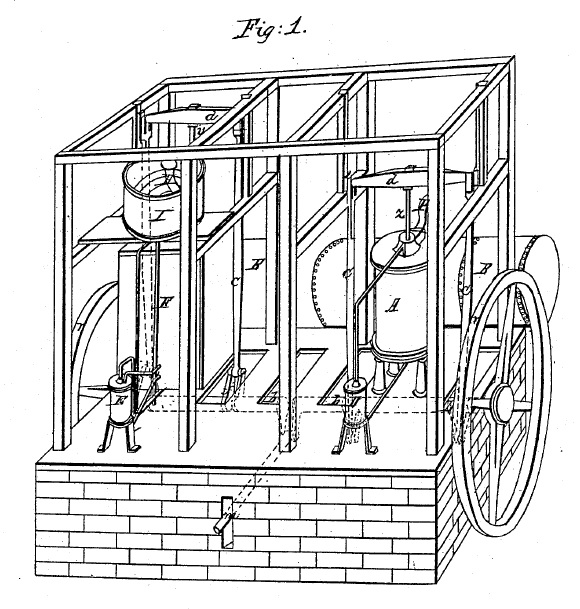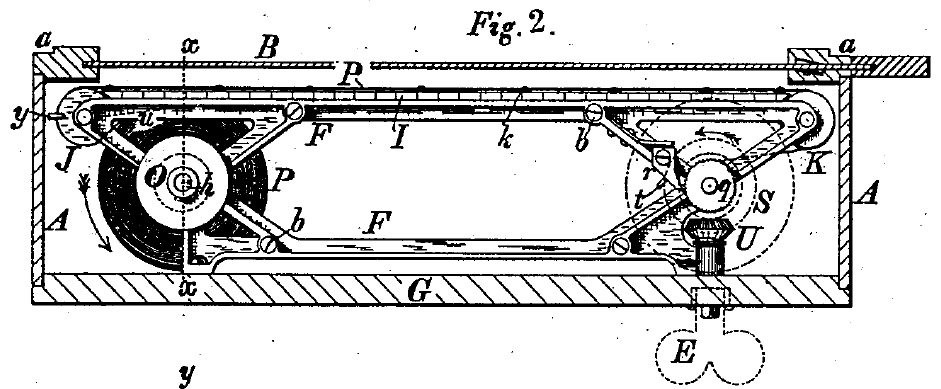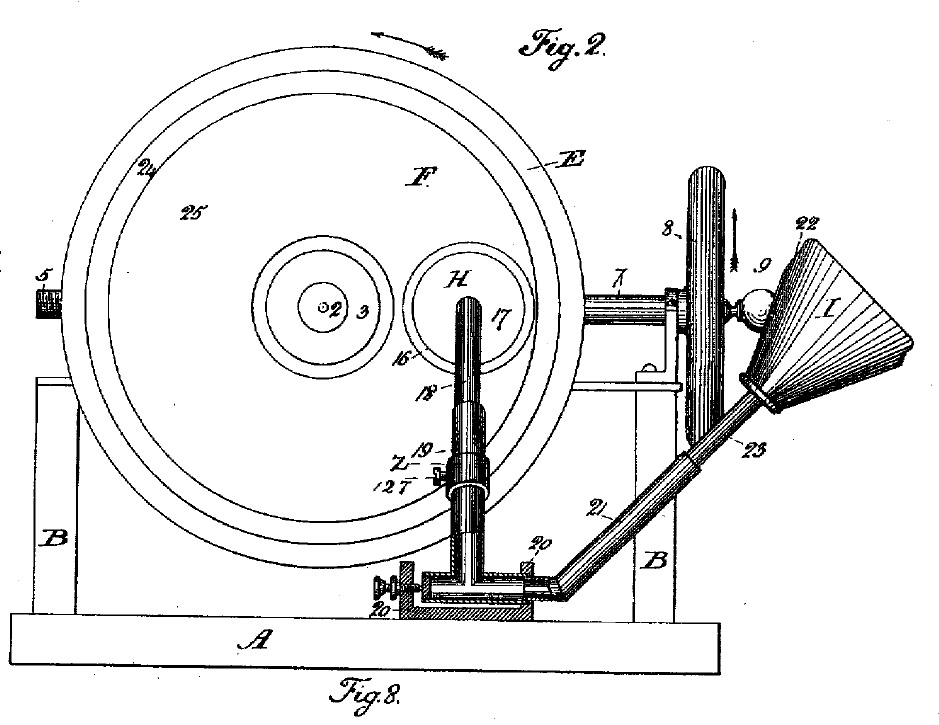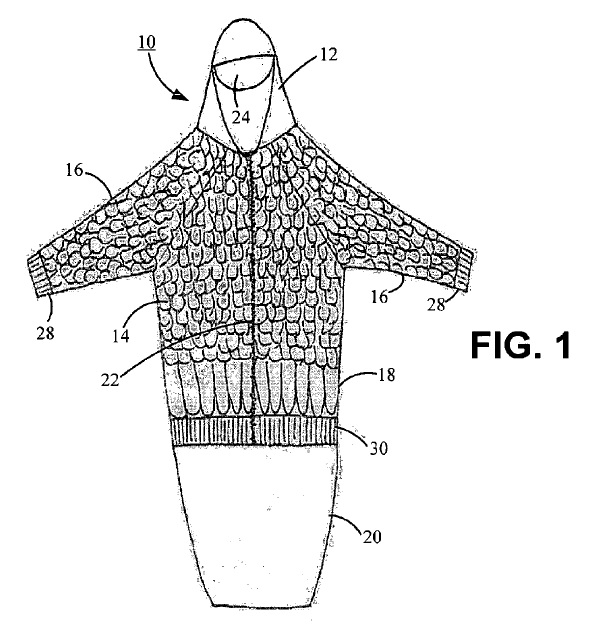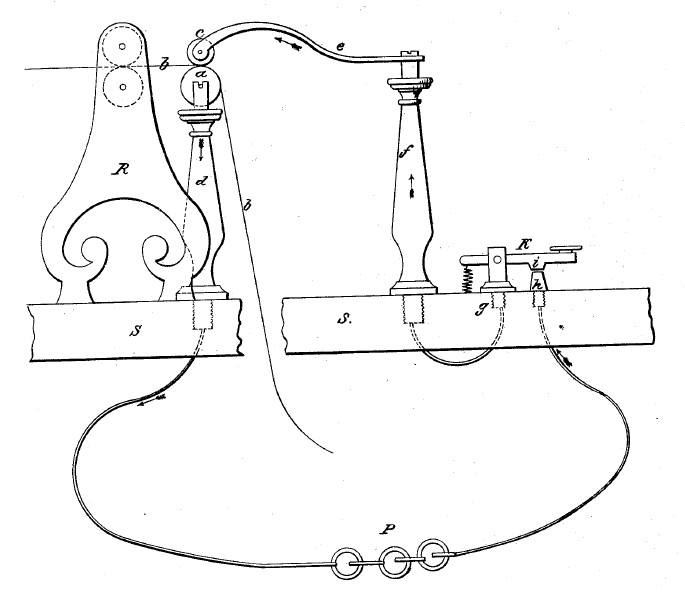In Intelligent Bio-Systems, Inc., v, Illumina Cambridge Ltd., [2015-1693] (May 9, 2016), the Federal Circuit affirmed the PTAB’s Final Written decision that the challenged claims of U.S. Patent No. 7,566,537, directed to a method of labeling nucleotides in DNA strand, was not shown to be obvious.
The presence or absence of a motivation to combine references in an obviousness determination and the presence or absence of a reasonable expectation of success are questions of fact reviewed for substantial evidence. With respect the the expectation of success, the Federal Circuit found that the Board got it wrong, by failing to consider the appropriate scope of the claim. The Federal Circuit noted that the Board seemed to believe that the “reasonable expectation of success” inquiry looked to whether one would reasonably expect the prior art references to operate as those references intended once combined. The Court said that is not the correct inquiry—one must have motivation to combine accompanied by a reasonable expectation of achieving what is claimed in the patent-at-issue.
While the Board conflated two different legal concepts—reasonable expectation of success and motivation to combine—it nevertheless made sufficient factual findings to support its judgment that the claims at issue are not invalid. Petitioner had the burden to show that a skilled artisan would have been motivated to combine the teachings of the prior art references to achieve the claimed invention. However petitioner’s argument for obviousness was that it would have been obvious to combine the references to in order to improve the efficiency, reliability, and robustness of the sequencing by synthesis method taught in the primary reference, which required quantitative deblocking. So even though quantitative deblocking was not a requirement of the claims, it was a requirement of Petitioner’ stated reason for the combination, and the “central” to a motivation to combine. Not only did the Petition fail to provide a specific or credible explanation why an ordinary artisan would have combined the references, the patent owner provided substantial evidence to support a finding that a person of ordinary skill would not have had reason to combine the references. These references support a conclusion that the claimed efficiency that allegedly motivated the combination would not be achieved and that a person of ordinary skill in this field would not have been motivated to combine the references.
Of more significance, is the Federal Circuit’s treatment of Petitioner’s improper reply brief. The Federal Circuit noted that the Board’s determinations whether petitioner exceeded the scope of a proper reply in violation of 37 C.F.R. § 42.23(b) and/or improperly incorporated arguments by reference from another document in violation of 37 C.F.R. § 42.6(a)(3) are reviewed for an abuse of discretion.
The Federal Circuit said that it is of the utmost importance that petitioners in IPR proceedings adhere to the requirement that the initial petition identify “with particularity” the “evidence that supports the grounds for the challenge to each claim.” 35 U.S.C. § 312(a)(3). The Court said that all arguments for the relief requested in a motion must be made in the motion, and a reply may only respond to arguments raised in the
corresponding opposition or patent owner response.” 37 C.F.R. § 42.23(b). Once the Where this rule is violated, neither the Federal Circuit not the PTAB will parse the reply brief to determine which, if any, parts of that brief are responsive and which are
improper.
The Federal Circuit observed that unlike district court litigation—where parties have greater freedom to revise and develop their arguments over time and in response to newly discovered material—the expedited nature of IPRs bring with it an obligation for petitioners to make their case in their petition to institute. The Federal Circuit agreed that new grounds were presented in Petitioner’s reply, and that the Board did not err in refusing the reply brief as improper under 37 C.F.R. § 42.23(b). Having concluded the Reply was improper, the Federal Circuit did not reach the issues of whether the reply also impermissably incorporated arguments by reference.




